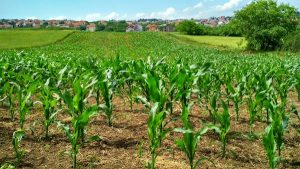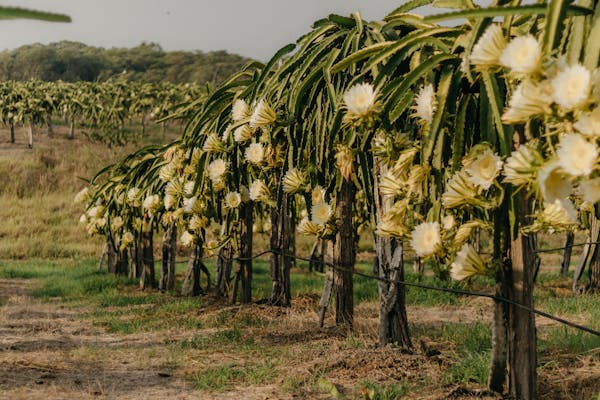Farming the City: London’s Thriving Agricultural Landscape
Table of Contents
Nature in the Urban Agricultural Landscape

London’s urban landscape and thriving agricultural landscape, typically associated with bustling streets and towering skyscrapers, hides a flourishing agricultural scene. Recently, urban farming initiatives have gained traction, repurposing vacant spaces into active centers of food production and community engagement. From the wonderful places of rooftop gardens to community allotments, Londoners are embracing in agriculture to reconnect with nature, foster sustainability, and build community resilience. London’s agricultural landscape, while not traditionally associated with the bustling metropolis, is undergoing a remarkable transformation. The city’s commitment to sustainability, food security, and community engagement has spurred a resurgence of agricultural initiatives within its urban agricultural landscape.
Most Important London’s Thriving Agricultural Landscape
1. Rooftop Gardens: Growing Upwards
London’s thriving agricultural landscape now hosts a surprising addition, rooftop gardens. These green sanctuaries not only beautify the cityscape but also serve as vital sources of fresh produce. Pioneering and presenting the organizations like Sky Garden Farms and Urban Rooftop Gardens utilize innovative techniques such as hydroponics and vertical farming to optimize space and productivity in this unconventional urban setting. By creating rooftop garden is unique in way and not only the colorful design and new kind of plants and trees but also its make sense by every home in London.
2. Community Allotments: Cultivating Connections
Community allotments play a significant role in agriculture in London agricultural fabric, offering residents opportunities to grow their own food and commune with nature. These communal spaces cultivate a sense of belonging and camaraderie, where neighbors collaborate on tending their plots, exchanging knowledge, and enjoying the harvest. Initiatives like London Community Gardens and Capital Growth strive to expand access to allotment spaces and promote urban agriculture citywide.
3. Farm-to-Table Initiatives: Harvesting Local Flavor

Agriculture in London that the farm-to-table movement has gained momentum and continuity in London, with an increasing number of eateries and markets prioritizing locally sourced produce. Vibrant farmers’ markets like Borough Market and Broadway Market spotlight the diversity and quality of locally grown fare. Similarly, initiatives such as Farm drop and Growing Communities’ Veg Box scheme offer consumers convenient access to fresh, seasonal produce from nearby farms, strengthening the connection between producers and consumers.
4. Green Spaces: Sowing Seeds of Sustainability

London’s parks and green areas are essential elements of the agriculture in London to agricultural tapestry, providing valuable opportunities for urban farming and biodiversity conservation. Ambitious projects like the London National Park City initiative and the Greening the City campaign aim to enrich and expand green spaces throughout the city. By creating new avenues for urban agriculture, these endeavors enhance the quality of life for Londoners while fostering environmental stewardship.
5. Challenges and Opportunities: Navigating the Urban Landscape
Despite the numerous benefits of urban agriculture, London encounters challenges, including limited land availability and regulatory complexities. However, these obstacles also present opportunities for creativity and collaboration. By collectively addressing these hurdles, London can continue nurturing its thriving agricultural landscape and cultivate a more sustainable and resilient food system for future generations.
6. Cultivating a Brighter Future
London’s evolving agricultural landscape signifies a profound shift in the city’s relationship with food and nature. Embracing urban farming not only yields fresh, locally sourced produce but also cultivates a greener, more sustainable future. With ongoing investment, innovation, and community engagement, London’s vibrant agricultural scene will flourish, enriching the lives of residents and visitors alike while advancing environmental sustainability. Community allotments are another integral component of London’s urban agriculture. These shared plots of land provide residents with opportunities to grow their own food, connect with nature, and build community bonds. Projects like London Community Gardens and Capital Growth work to expand access to allotment spaces and promote urban farming across the city.
7. London’s agricultural Landscape

However, London’s agricultural landscape is not without its challenges. Limited land availability, regulatory complexities, and competing land uses present hurdles to urban farming initiatives. Nonetheless, these challenges also offer opportunities for innovation and collaboration. By collectively addressing these obstacles, London can continue nurturing its agricultural landscape and cultivate a more sustainable and resilient food system for future generations.




